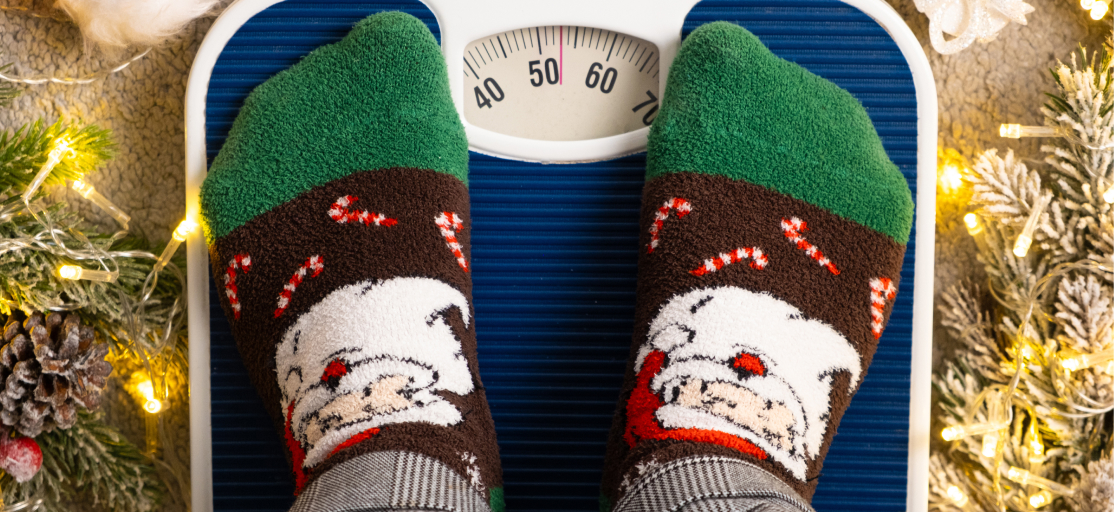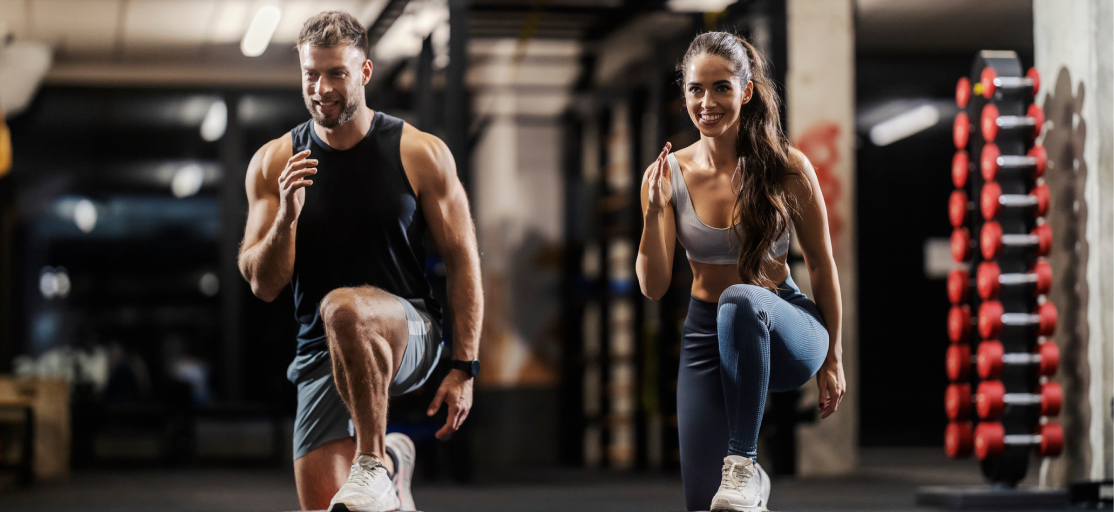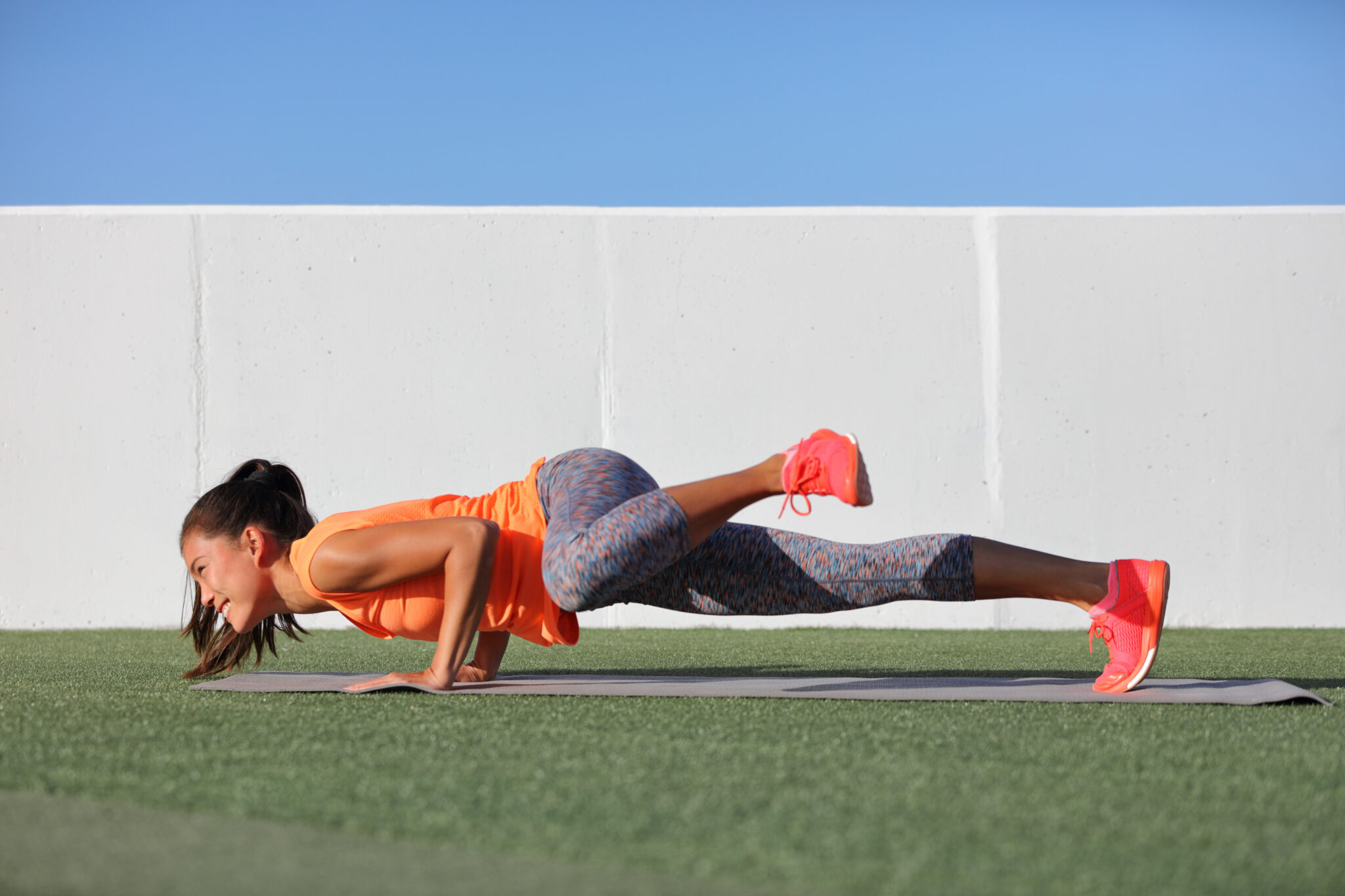Consider the number of times one of your athletes struggles when attempting to perform a 1-Leg RDL (“SLDL”). It’s rarely ever easy and oftentimes takes plenty of repetitions until technique is finally solid.
Quite often you’ll see difficulty with avoiding rotation in the hips and also balancing on one leg. Let’s face it: the 1-Leg RDL isn’t an easy exercise. However, it is an important one.
Enter: the Extended Reverse Lunge. This is the perfect prep exercise for the 1-Leg RDL. Let’s find out why below!
SLOW COOK YOUR EXERCISE PROGRESSIONS
Most people perform typical RDL’s or deadlifts on two legs and then jump right into the 1-Leg RDL exercise. The problem is that this is way too big of a jump for most people. Instead, you could take a more strategic approach in order to “slow cook” the training process and give your athletes more time in each exercise progression stage. Tracking your athletes’ progress through each stage of the exercise progression becomes easier with a coaching app that monitors their improvements and helps keep them on track.
If your goal is to build up 1-Leg RDL strength, here’s a simple exercise progression series:
In order to keep consistency, all exercises above incorporate 2 dumbbells (1 in each hand). However, you could simply use 1 dumbbell in either hand to create more of a stability and balance challenge.
Taking your time at each of the exercise progression stages allows your athletes to build more strength, confidence and mastery of each movement. The kicker here is that the Extended Reverse Lunge exercise from the series above serves as the happy-medium that helps to bridge the gap for your athletes.
PERFORMING THE EXTENDED REVERSE LUNGE
When it comes down to performing the Extended Reverse Lunge, it’s crucial to nail every detail so that you get the most bang-for-your-buck.
Here’s a list of details to keep in mind when performing this exercise:
- Have your athletes deliberately keep their back leg straight (extended) to teach them how to shift their weight back.
- When this happens, it allows the front leg to take the lead, which is ideal.
- You’ll also be able to predominantly load the front leg and simply let the back leg be there for minor (assisting) support.
- In the bottom position, be sure to press the entire surface of the front foot down through the floor.
- This will serve as the driver for bringing your entire body back up into the starting position – and – continue to help you to predominantly load that front leg.
These are the steps that you miss out on when you jump from the two-leg RDL to the single-leg RDL without having steps in between to support the learning curve. Yet, another reason why the Extended Reverse Lunge is a true game-changer here.
In terms of exercise progressions to use for your athletes, here’s a simple approach that fits in well:
- Start off with the MB Hug Extended Reverse Lunge in your warm-ups to begin patterning the movement. This is a simple and effective strategy for getting more reps in, especially when trying to learn something new.
- Load up in the actual training program with the DB Extended Reverse Lunge, which is evenly loaded with 1 dumbbell in each hand.
- Then, progress to the DB 1-Arm Offset Extended Reverse Lunge, which you’ll see only includes 1 dumbbell in the hand opposite the front leg.
- The final progression is the DB Ipsilateral Extended Reverse Lunge, which places the 1 dumbbell in the hand on the same side as the front leg.
CONCLUSION
If your athletes are having trouble making sense of the 1-Leg RDL exercise, you could simply scale things back a bit and implement the Extended Reverse Lunge, which serves as a great happy-medium. Give this a shot with your athletes next time to help them build confidence and strength in the movement!
Sign-Up for Our Newsletter
Recommended Resources For You

Blog
20 Tips to Help Your Clients Avoid Weight Gain During the Holidays
Author: TrueCoach
Introduction The holidays can be a tough time for clients trying to maintain their fitness goals. Between family gatherings, indulgent treats, and less structured schedules, it’s easy to lose focus. However, as a personal trainer, you can guide your clients through the festive season with a balanced approach that allows them to enjoy themselves while […]

Blog
The 10 Best Personal Training Exercises to Get Your Clients Results & Save You Time
Author: TrueCoach
As a personal trainer, you know that the right exercises are key to helping your clients hit their goals, whether they’re aiming to lose weight, build muscle, or improve overall fitness. But let’s be honest—building an effective workout program can take time, and as your client base grows, you’ve got even less of that to […]

Blog
New exercise spotlight: Spiderman Push-Up
Author: TrueCoach
Push-ups represent a staple exercise that nearly all traditional strength and conditioning programs incorporate. There’s a ton of variety when it comes to push-ups, the different variations you include, the different progression an athlete is ready for and the like. Spiderman Push-Ups are one of the many variations of push-ups that have developed over the […]

Author: TrueCoach
-
First published: July 27 2022
Written by: TrueCoach

